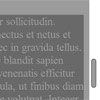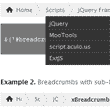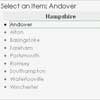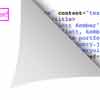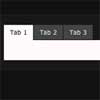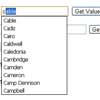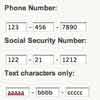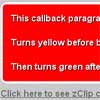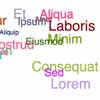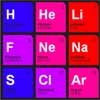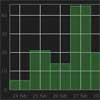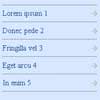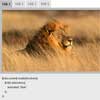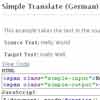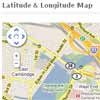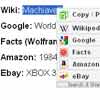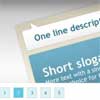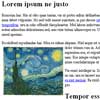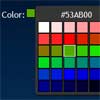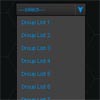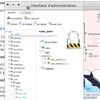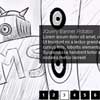jquery-do-scroll
Creates an scroll-Y like action.
This plugin is intended to create an scroll-Y event (JavaScript controlled) to work in any device.
This is done using touch and mouse event handlers.
Properties
All properties are optional, it allows you to create an scroll with:
$('#wrapper').doScroll();But of course, you can make an awesome scroll. Let's set some properties:
var ctrl = { // ... };scrollbar
Style your own scrollbar:
var ctrl = { // ... scrollbar: $('<div />').css({ backgroundColor: '#fff', height: '75px', width: '10px', border: '2px solid #ccc', borderRadius: '5px', // ... }), // ... };You can also give your scrollbar selector, so the plugin can find it:
var ctrl = { // ... scrollbar: '#myScrollBar', // ... };You can also use the default scrollbar by passing true:
var ctrl = { // ... scrollbar: true, // ... };wheelStep
The default distance when you use your mouse wheel to scroll is 60 pixels, but you can change it:
var ctrl = { // ... wheelStep: 150, // ... };If you'd like to invert the scroll direction on mouse wheel, you can set a negative value.
spaceLimits, and onSpaceChange
You can trigger some code when you scroll from one space to another. To do this, you should set the spaceLimits property.
You can use numbers (in pixels), selectors (as strings), or mix them.
var ctrl = { // ... spaceLimits: [100, 200.5, '.space'], // ... };If string, it will find every match of the selector and get its scrollTop position.
After processing the spaceLimits, the final array will be like:
console.log(ctrl.points); // [0, 400, 1500, Infinity]Which means there are three spaces:
- space 1:
scrollTop >= 0andscrollTop < 400; - space 2:
scrollTop >= 400andscrollTop < 1500; - space 3:
scrollTop >= 1500.
When another space is reached, the onSpaceChange function will be executed, if it exists:
var ctrl = { // ... onSpaceChange: function(ctrl) { console.log('From %s to %s', ctrl.lastSpace, ctrl.space); }, // ... };initialSpace
If your scroll has an id, it will be created one key in localStorage for it. This way, next time you open your page the scroll will show up in the right position.
Of course, you can disable this functionality with the initialSpace property:
var ctrl = { // ... initialSpace: 1, // ... };If the initialSpace is set, the scroll will show up in the exact position where the given space starts.
smoothEffect
The inertia effect of the scroll is set by default, but you can also turn off this way:
var ctrl = { // ... smoothEffect: false, // ... };onTryingToMove
With this method set, the scroll action will only occur if you return a truly value. In other words, it allows you to control the behavior of the scroll while returning falsey values.
var ctrl = { // ... onTryingToMove: function(y, step) { // the plugin is trying to move from scrollTop position y, step amount of pixels. // return a truly value to allow, or a falsey one to disallow. return true; }, // ... };hideWarnings
If you set hideWarnings, then it won't log to the console errors like trying to initialize multiple times the same element:
var ctrl = { // ... hideWarnings: true, // ... };Methods
moveToPos
To move to an specific position (in pixels), you can run:
var position = 250; ctrl.moveToPos(position);moveToSpace
To move to an specific space (based on spaceLimits), you can use:
var space = 3; ctrl.moveToSpace(space);Events
To trigger some function after every scroll pixel change:
onScroll
ctrl.onScroll = function(o) { console.log(o.y); }; Happy coding
That's it !! Thanks for your interest :)
Guedes, Washington.
